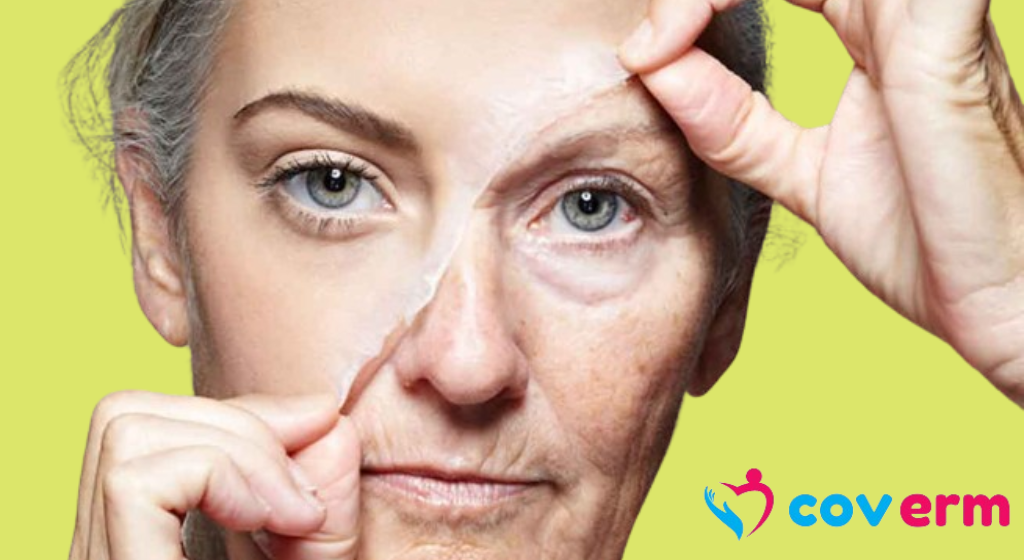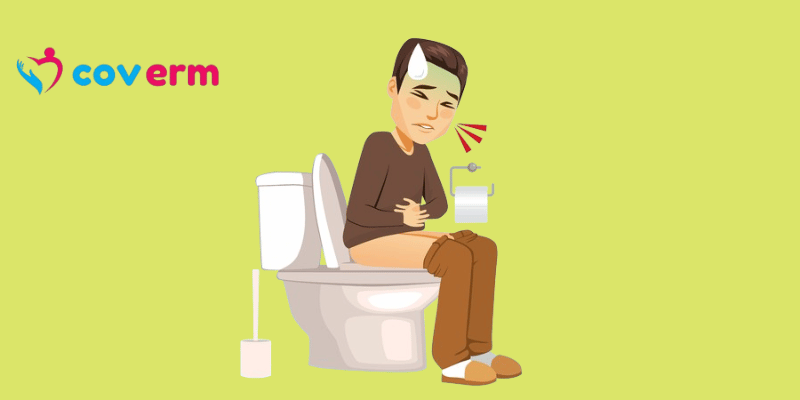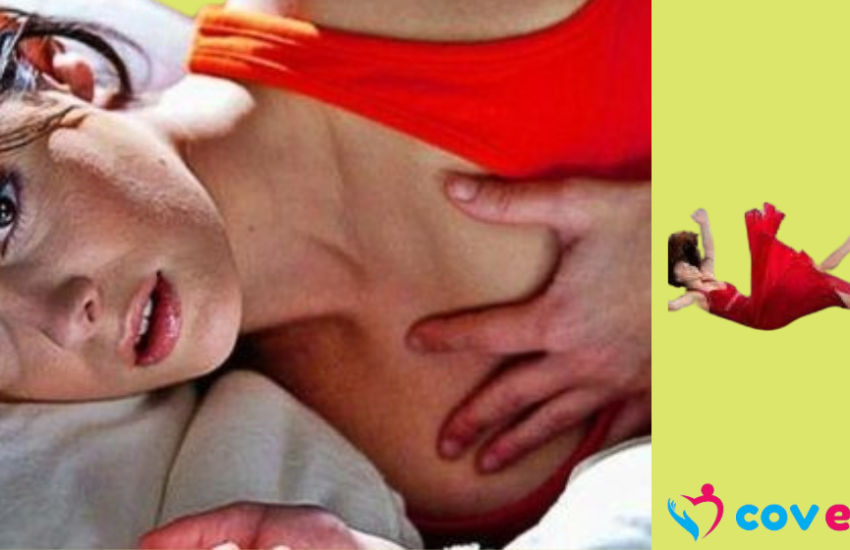I removed my face wrinkles using this remedy face cream
by admin
Assessing wrinkles involves a thorough examination of the skin to scrutinize lines and creases, alongside identifying potential underlying causes. Your doctor will delve into your medical history and personal preferences, aiding in informed decision-making regarding treatment options tailored to your needs, goals, and considerations of results, side effects, and recovery time.
Treatment: Numerous treatment avenues exist to combat wrinkles, often recommended in combination for optimal results.
- Prescription Creams and Serums:
- Physicians may prescribe potent anti-wrinkle formulations containing retinoids derived from vitamin A, such as tretinoin, tazarotene, or adapalene. These aim to diminish fine wrinkles and spots over several weeks or months. Caution is advised during pregnancy due to potential skin reactions, and sunlight sensitivity necessitates nighttime application coupled with broad-spectrum sunscreen during the day.
- Botox Injections:
- Injecting Botox into specific muscles temporarily paralyzes them, resulting in smoother skin texture. Frown lines, forehead creases, and eye wrinkles typically respond well to Botox, with results manifesting within a week and lasting a few months.
- Chemical Peeling:
- Chemical peels, administered without hospitalization, entail applying a chemical solution to the skin to remove its top layers, fostering smoother regrowth. Depending on the peel’s depth, multiple sessions may be necessary, though potential side effects like scarring or skin color changes are considerations, particularly for individuals with brown or black skin.
- Facial Fillers:
- Injectable fillers like calcium hydroxyl apatite or hyaluronic acid aim to fill and diminish lines and wrinkles. While results may require one to three sessions, potential side effects such as inflammation or bruising typically dissipate within weeks.
- Laser Skin Resurfacing:
- Laser treatments utilize energy to improve skin appearance, with ablative methods targeting deeper layers for collagen stimulation and non-ablative methods offering gentler rejuvenation. Fractional lasers minimize downtime and side effects, though risks like scarring or skin discoloration remain, especially for diverse skin tones.
- Deoxycholic Acid Injection:
- Kybella injections dissolve excess chin fat, commonly referred to as a double chin, through deoxycholic acid. Repeat injections may be necessary, with potential side effects including swelling, bruising, or numbness.
- Facelift and Neck Lift: Surgical procedures involving skin tightening and muscle repositioning, such as facelifts and neck lifts, aim to enhance jawline and neck contours. While effective, these surgeries entail risks like bleeding or infection, and recovery may be prolonged.
Insurance typically does not cover cosmetic procedures, emphasizing the importance of discussing potential side effects and ensuring practitioner experience aligns with individual skin concerns.



